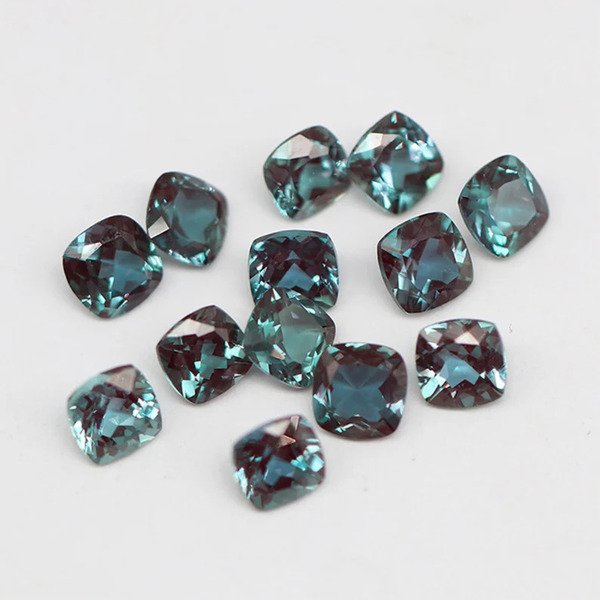Description
Lab-created gemstones are fascinating and increasingly popular due to their ethical, environmental, and cost benefits. Unlike natural gemstones, which are formed over millions of years in the Earth’s crust, lab-created gemstones are made using various advanced technological processes. Here are some key points about lab-created gemstones:
Synthetic Diamonds: Created using high-pressure, high-temperature (HPHT) or chemical vapor deposition (CVD) methods. They have the same physical and chemical properties as natural diamonds.
Synthetic Rubies and Sapphires: Often made using the flux method or the Verneuil process (flame fusion). They have the same hardness and appearance as natural corundum gemstones.
Synthetic Emeralds: Usually created using the flux method or hydrothermal growth. They replicate the appearance and properties of natural emeralds.
Other Gemstones: A wide variety of other stones, like synthetic spinel or moissanite, are also created in labs.
Moissanite: Although it is a naturally occurring mineral, it’s often synthesized for use in jewelry. Moissanite is known for its exceptional brilliance and hardness, making it a popular alternative to diamonds.
Synthetic Opal: Made using similar methods as natural opal, synthetic opal can exhibit the same play-of-color and appearance but is generally more affordable.
These are just a few examples, as there are many other types of natural gems, each with its own unique characteristics and formation processes.





Reviews
There are no reviews yet.